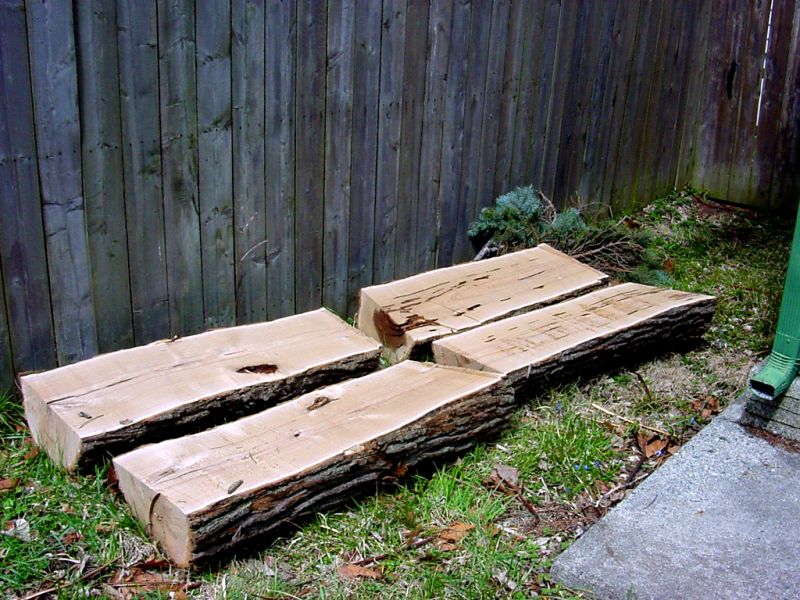Windsor Chair Leg-to-Seat Joints
Furniture makers discuss the logic behind using tapered through tenons with wedges for joining chair legs to seats. July 24, 2006
Question
I am creating a Windsor chair seat and am drilling 1.375" diameter holes for the legs into the walnut seat. If I drill 1" deep will this be enough to result in a strong, long-lasting leg-to-seat joint?
Forum Responses
(Furniture Making Forum)
From contributor F:
Have you thought about drilling through and wedging the tenons? You won't have to worry then.
From contributor G:
This arrangement can work, but you are going to shift a great deal of the stress to the stretcher assembly. If you do not want beefy legs and stretchers, you should bore through and wedge the tenons as previously mentioned.
From contributor D:
Windsor chairmaking is documented in several books, videos and classes. Mike There is not much "new" in the tech behind the joinery. One of the keys to a good Windsor is a tapered through bore for the four legs. Deviating from the proven - in this case - is not a good idea.
From the original questioner:
The reason for using such a large bore is to eliminate the use the stretchers. Do you think this is realistic?
From contributor D:
The key thing is that there is not much in Windsor related chairs that hasn't been tried. There are many failures or poor designs around - go to a regular furniture store to see the latest line of poor construction design.
I suggested Dunbar for two reasons:
1. He takes the historical precedent (that worked very well), dissects it, and improves on the joint(s) to make a better chair.
2. Also to indicate that following historical precedent is the best place to start. There is a reason why you don't see chairs built the way you propose - they don't work.
The 1" length and the 1.375 width/diameter do not add up to strength. Carry it a bit further and plug in a 3/8" length and 2-1/2" diameter. Plenty of glue surface, but it is all end grain, with little/no strength. Throw in the fact of no stretchers, and things become less capable.
Carry the logic a bit the other way - 3/4" diameter and 2" length will give lots of long grain glue surface - a good joint. The 3/4" diameter will be too weak for stretcher-less, though, and the 2" seat is probably too thick. The leg can be shouldered at the tenon, but the lack of stretchers set the limit.
From contributor W:
If you don't follow the basics of Windsor chair making, don't call it a Windsor chair. If it fails you will have a customer that thinks Windsor chairs are all bad and that is a disservice to those Windsor chair makers who know and use the tried and true Windsor techniques, producing chairs that will last a few centuries, like the originals.
From contributor H:
Tapered through holes makes sense for another reason. If your glue joint should fail for some reason down the road the weight of the sitting only tightens the joint. Also on non-painted chairs that exposed joinery is a classic visual touch.
From contributor C:
It looks like I am rather late to chime in here, but Windsor Chairs, English and American both, were made without through tenons, including perhaps America's most prolific Windsor Chairmaker from the1700's, Ebenezer Tracy's chairs. To call a chair without wedged through tenons or without leg stretchers not a Windsor is simply incorrect.
Thousands of English Windsors (where they were invented) were made without leg stretchers. Considering the seat is made from walnut suggests this chair is of an English nature, so without stretchers would be historically correct.
